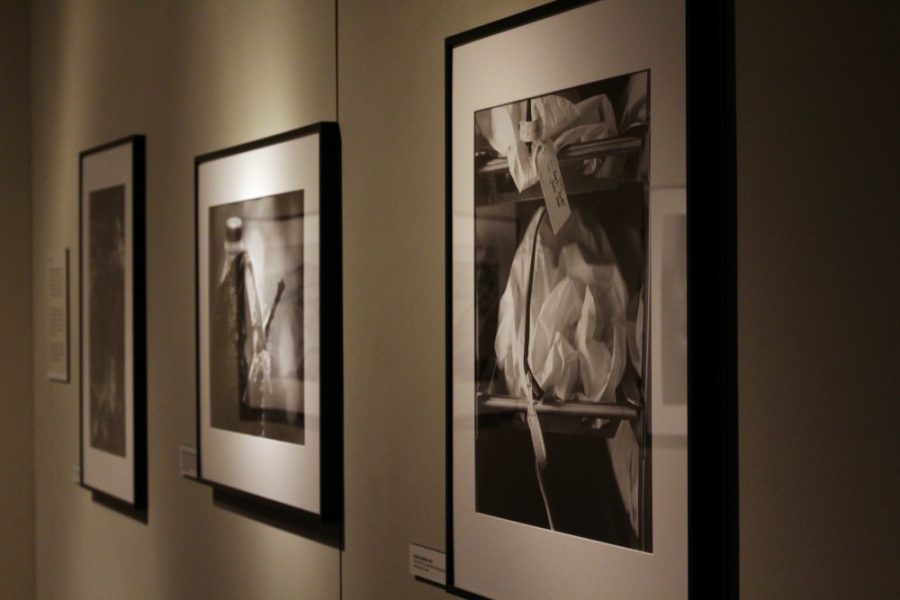An earlier version of this article incorrectly reported that the exhibit “A World Separated by Borders” included photos by both photographers David Taylor and Alejandra Platt-Torres. The exhibit in fact only consists of photos by Platt-Torres. The article also failed to acknowledge that the exhibit and forum are co-sponsored by the UA Confluencenter for Creative Inquiry. The article now reflects these changes.
U.S.-Mexico border issues are extremely close to the hearts and minds of many who live in Southern Arizona, but the border itself seems like an abstract concept.
This Thursday, photographer Alejandra Platt-Torres will present her work in a forum at the Center for Creative Photography to showcase the varied perspectives she encountered during her extensive time photographing the border. The talk will include a discussion with David Taylor, another photographer who spent time on the border.
The impetus for this talk is “A World Separated by Borders,” an exhibit at the Arizona State Museum that showcases Platt-Torres’ work. The exhibit depicts the cyclical nature of undocumented crossings, according to Margaret Regan, a co-curator of the exhibit.
The UA Confluencenter for Creative Inquiry is co-sponsoring both the forum and the exhibit.
Though his photos are not included in the exhibit, Taylor has devoted years to documenting the border from a different perspective, having gained access to the U.S. Border Patrol, an agency that he said most Americans know little about.
“There are Border Patrol agents that are really concerned about the people they are supposed to be catching,” Taylor said.
Taylor spent hours with agents observing their everyday task of patrolling the border, and in the process gained “a view that’s more than a manicured PR view,” he said.
Since his time photographing the border, Taylor said he’s learned that the conflicts that take place there can’t be laid out in black and white.
“The complexity of the border is portrayed in a monolithic way, with good guys and bad guys,” Taylor said. “The truth is significantly more complicated, variable and gray.”
The exhibit at the Arizona State Museum puts a face on the issue — the first thing visitors see is a large photograph of the harsh Arizona landscape.
According to Regan, Arizona has been a major crossing point for the past dozen years. Regan, who has reported on the border since 2000, said she has noticed some drastic changes in her time.
“It’s very dramatic and tragic … even though numbers of people crossing have dropped, the numbers of death have not changed,” she said. “This means that the absolute risk of death has raised. It used to be that a man would walk five miles to the border and a car would pick him up. Now, they hike 5 days.”
Regan said that in the past decade she also noticed a change in the type of people who cross over, adding that she now sees more people who have already been deported and are attempting to make another crossing to be reunited with families in the U.S. Before, she said, most border crossers were young men.
Davison Koenig, exhibits curator at Arizona State Museum, said he believes that Platt-Torres and Taylor’s types of photography are important for creating an informed dialogue on the border.
“I think it’s great we have the opportunity to host it here and the opportunity to share it,” Koenig said. “This is a hot topic; it’s not going anywhere anytime soon.”
Janet Livingstone, an administrative assistant at the Center for Creative Photography, said she is excited to be hosting the talk this Thursday.
“I think it’s important we explore all of the border issues,” she said. “It’s something current and relevant because of our area.”
The forum will take place this Thursday at 5:30 p.m. in the Center for Creative Photography auditorium. Admission is free.









